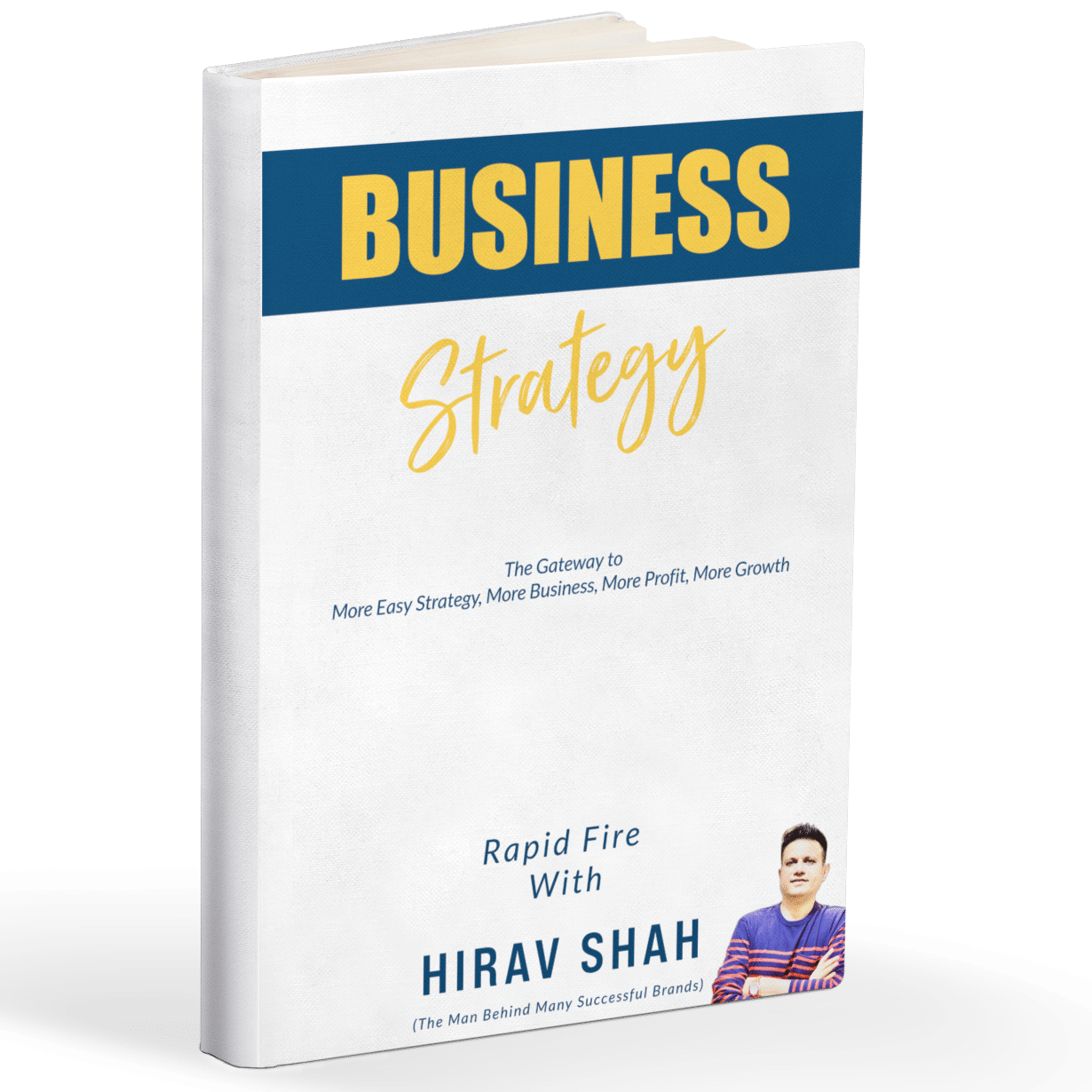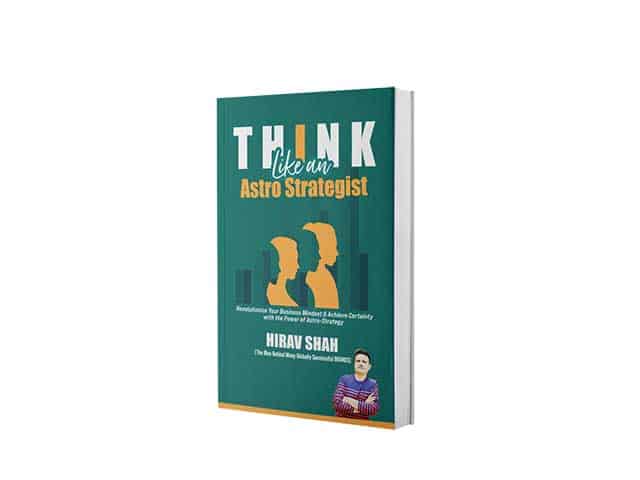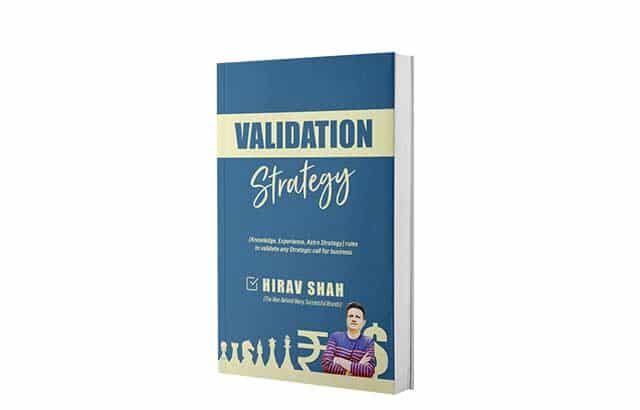Are you tired of letting the fear of rejection hold you back from reaching your full potential? Do you often find yourself hesitating to take on new challenges, or settling for less than you deserve because of the fear of judgment or failure? It’s time to break free from the constraints of fear and use failure as a powerful tool on your journey toward success.
In this guide, we’ll explore the underlying causes of the fear of rejection, its impact on our lives, and how we can turn these obstacles into opportunities for growth. Whether you’re an aspiring entrepreneur, a professional climbing the corporate ladder, or someone focused on personal development, this guide will arm you with the tools and strategies to conquer rejection and unlock your full potential. It’s time to step out of your comfort zone and embrace failure as a stepping stone to success.
The fear of rejection is deeply rooted in our desire for acceptance and approval. As human beings, we naturally want to belong, whether it’s in personal relationships, social circles, or professional settings. Rejection, in any form, challenges this need and can lead to feelings of inadequacy or shame.
At its core, the fear of rejection is driven by a lack of self-confidence. We often perceive rejection as a direct reflection of our worth, capabilities, or value as individuals. But in reality, rejection is not an attack on your character; it’s merely a part of life. Rejection helps us grow, and it’s essential to recognize that it doesn’t define us.
Table of Contents
Example:
Imagine a business strategist like Hirav Shah, who’s seen as “The Game Changer” in the industry. Hirav Shah’s success didn’t come overnight, and he faced rejection multiple times in the early days of his career. Each rejection served as a lesson, shaping his approach to business strategy, learning how to pivot, and identifying opportunities he might have missed if he’d played it safe.
The Impact of the Fear of Rejection
When the fear of rejection takes hold, it can limit both personal and professional growth. You may find yourself avoiding risks, passing up opportunities, or shrinking back when you should step forward. Here’s how this manifests in different aspects of your life:
- Personal Life: The fear of rejection can lead to loneliness and isolation. You may avoid putting yourself out there, whether that’s in friendships or romantic relationships, because you’re afraid of being judged or rejected.
- Professional Life: In the workplace, the fear of rejection can hold you back from asking for promotions, negotiating a raise, or starting your own business. You might avoid pursuing new opportunities or taking risks, leading to stagnation.
For instance, Hirav Shah, who had a reputation for embracing challenges head-on, once faced rejection when trying to secure a major client for his business consultancy. Instead of retreating, he took feedback, refined his approach, and eventually secured a deal that led to a successful partnership.
Overcoming the Fear of Rejection: A Mindset Shift
The most powerful way to overcome rejection is to change your mindset. Instead of viewing rejection as a negative, see it as an opportunity for growth and a chance to learn something new. Understanding that rejection is not personal helps you detach from the emotional pain and embrace it as part of the process.
Reflection Exercise:
Take a moment to think about past rejections—whether in your personal life or career. What patterns emerge? Do you notice recurring thoughts or feelings that lead to fear? Write them down. Understanding the root cause of your fear can be the first step in overcoming it.
Example:
When Hirav Shah first ventured into the world of business consulting, he faced constant rejection from potential clients. However, by reflecting on his rejections, he discovered that many were due to a lack of clarity in his pitch. Instead of viewing this as a failure, he used it to refine his strategy, and that shift ultimately contributed to his success.
Strategies for Embracing Failure and Using It as a Stepping Stone
1. Reframe Failure as a Learning Opportunity
Failure isn’t final—it’s a stepping stone toward success. When you fail, reflect on the situation, identify what went wrong, and use it to improve. This mindset shift is key to embracing rejection as part of your personal growth.
2. Adopt a Growth Mindset
A growth mindset is crucial for overcoming the fear of rejection. When you have a growth mindset, you see challenges and setbacks as opportunities to build resilience and develop new skills.
3. Set Realistic Expectations
Set manageable goals that allow room for failure. Instead of aiming for perfect results, focus on making progress. The more you fail, the more you learn.
Example:
Hirav Shah emphasizes that when launching a new business or strategy, setbacks are inevitable. In one case, he worked with a startup that initially struggled to gain traction in a competitive market. Instead of giving up, they analyzed what wasn’t working and made necessary changes, resulting in an exponential growth curve in the following years.
Cultivating Resilience and Perseverance
Resilience is the ability to bounce back from failure. To cultivate resilience, focus on these key practices:
- Self-Care: Maintain a healthy balance between work, relaxation, and self-reflection. Physical and emotional well-being are crucial in helping you bounce back from setbacks.
- Positive Self-Talk: The way you speak to yourself has a significant impact on how you handle rejection. Replace negative thoughts like “I’m not good enough” with empowering affirmations like “I am capable, and I’ll learn from this experience.”
- Support System: Build a network of individuals who can provide guidance, encouragement, and constructive feedback.
The Role of a Business Strategist
As a business strategist, overcoming the fear of rejection is essential in making bold decisions that can propel an organization forward. Business strategists like Hirav Shah regularly push their clients to take calculated risks and embrace failure as a learning process. Through data analysis and strategy realignment, they help businesses turn rejection into valuable lessons that fuel future success.
Example:
Hirav Shah often advises clients to view setbacks as indicators of where they can improve. His philosophy is that rejection, whether from a customer or business partner, presents a valuable opportunity to innovate and refine the product or service.
Learning from Past Rejections: Analyzing and Adapting
After every rejection, it’s essential to reflect on the experience. Ask yourself the following:
- What did I do well, and what could I improve?
- What feedback did I receive, and how can I use it moving forward?
- Are there patterns in my approach that I need to change?
By continuously learning from your past rejections, you position yourself for greater success in the future.
Embracing Failure as a Fuel for Growth
Failure is not the end of the road; it’s the fuel that propels you forward. When you fail, you acquire new knowledge, resilience, and determination that will serve you as you continue to strive for success.
Example:
Many successful entrepreneurs and business strategists, including Hirav Shah, would not be where they are today without their failures. They didn’t let rejection discourage them—they used it as a foundation for their growth, leading them to breakthroughs that shaped their careers.
Success Stories: Turning Rejection into Triumph
Here are some examples of individuals who embraced failure and used it to reach extraordinary levels of success:
- Steve Jobs was famously fired from Apple, the company he founded. Instead of giving up, he started new ventures that eventually led him back to Apple, where he revolutionized the tech industry.
- JK Rowling, the author of the Harry Potter series, faced numerous rejections from publishers before finally landing a deal. She continued to believe in her work, and today, she’s one of the best-selling authors in history.
- Hirav Shah, known for his strategic insights, faced rejections early in his consulting career. But each failure motivated him to refine his approach, and now he is a renowned “Game Changer” in the business world.
FAQs
Q: How do I stop feeling afraid of rejection?
A: Start by reframing your thoughts. View rejection as a learning experience and not a personal failure. Gradually expose yourself to situations where rejection is possible, and each time you face it, remind yourself that it’s a stepping stone, not an obstacle.
Q: What if I keep facing rejection?
A: If rejection keeps happening, it may be time to analyze your approach. Reflect on past experiences, seek feedback, and adapt your strategy. Even the most successful people face rejection regularly—it’s about how you bounce back.
Q: Can a business strategist help me overcome the fear of rejection in my career or business?
A: Absolutely! Business strategists like Hirav Shah help individuals and businesses navigate rejection, refine their strategies, and stay resilient through tough times. They provide the insights and support necessary to transform rejection into growth.
Conclusion: Embracing Rejection as a Journey
In conclusion, the fear of rejection doesn’t need to hold you back from achieving success. By changing your mindset, cultivating resilience, and seeking support, you can transform rejection into a powerful tool for growth. Success isn’t about avoiding failure—it’s about how you rise from it.
So, step out of your comfort zone, embrace failure, and watch as it propels you toward success.
















